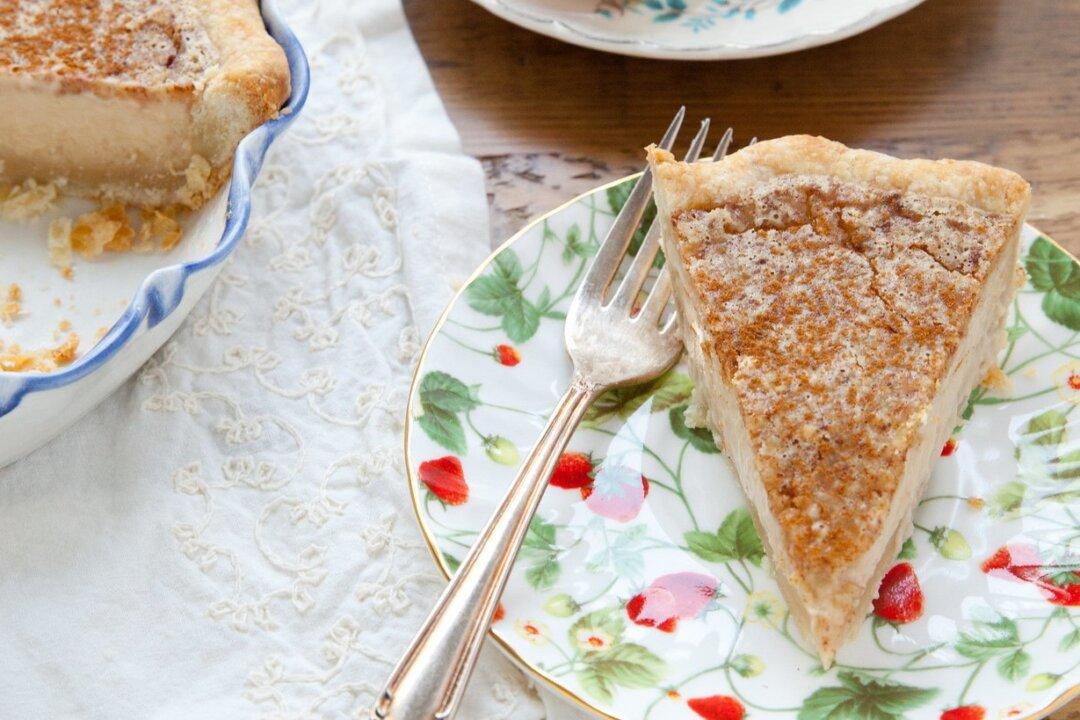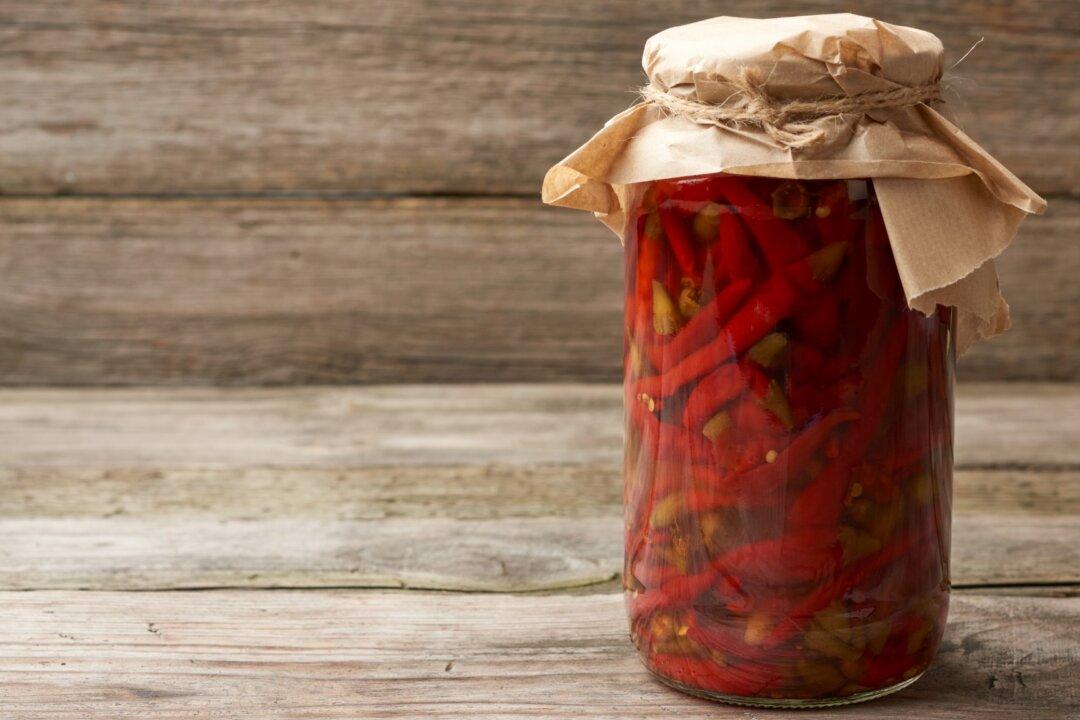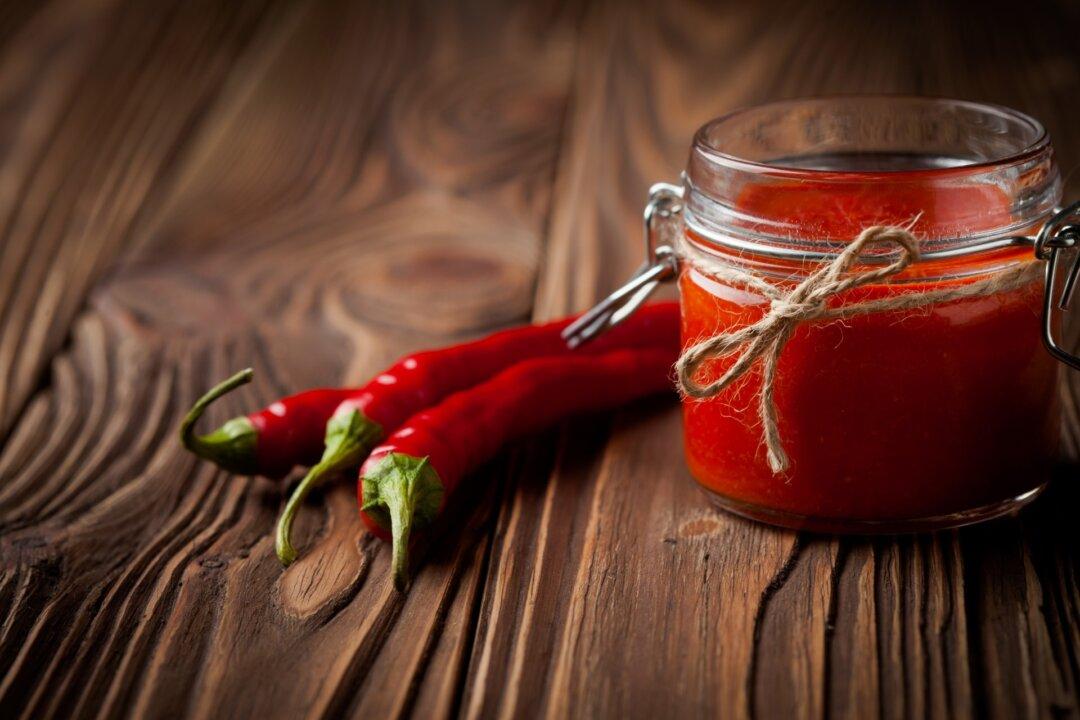Desperation pies, make-do pies, Depression pies—nothing about the names sounds particularly enticing. And yet, these desserts can be amazingly delicious.
They’re made from humble ingredients that, when combined, evoke the richness of loftier creations. They also make a perfect balm for these difficult times, when embracing what’s already in the house may be the best move. Vinegar, molasses, canned milk, eggs, unripe produce, and crackers can each star as the “secret ingredient” in a little wedge of comfort.





